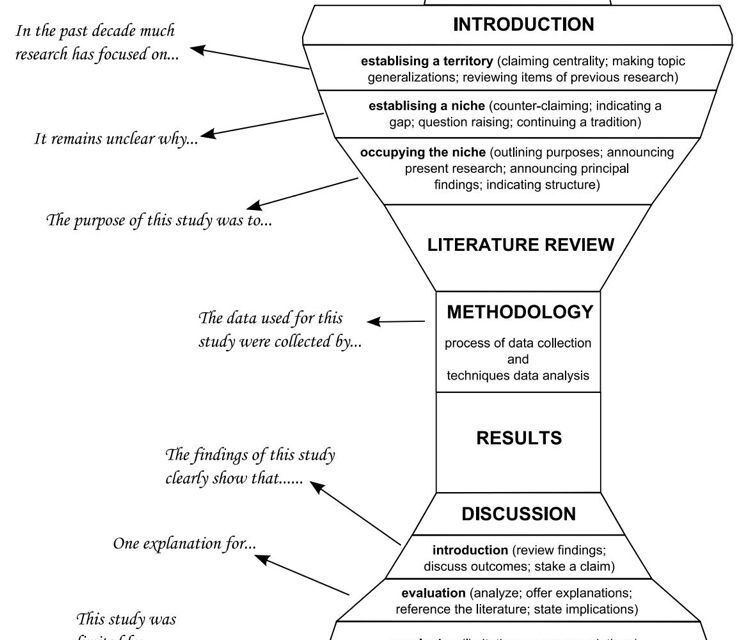
Anatomy of a Research Paper: A Comprehensive Guide

A well-structured research paper is a cornerstone of scholarly communication, allowing researchers to share their findings, insights, and contributions with the global academic community. Each section of a research paper serves a distinct purpose, contributing to the overall understanding of the research process and its outcomes. In this article, we will delve into the anatomy of a research paper and explore the key components of each section.
1. Abstract
The abstract serves as a concise summary of the entire research paper. It provides a snapshot of the research problem, the methodology used, the main findings, and their implications. An effective abstract should be clear, concise, and engaging, allowing readers to quickly grasp the essence of the paper. It typically ranges from 150 to 250 words and should include essential keywords that reflect the paper’s subject matter.
2. Introduction
The introduction sets the stage for the research by providing context, outlining the research problem, and stating the research objectives or questions. It also presents the significance of the study, explaining why the research is important and how it contributes to existing knowledge. The introduction should establish a logical and compelling narrative that guides the reader toward understanding the research’s purpose and relevance.
3. Literature Review
The literature review critically examines previous research and scholarly works related to the research topic. This section demonstrates the researcher’s understanding of the field, identifies gaps in existing knowledge, and justifies the need for the current study. It showcases the evolution of ideas, theories, and methodologies that have led to the research question. The literature review is crucial for situating the study within the broader academic discourse.
4. Methodology
The methodology section details the research design, methods, and techniques used to collect and analyze data. It explains how the research question was approached and answered. This section should be comprehensive enough for other researchers to replicate the study if desired. It encompasses aspects like research approach, data collection methods, sampling techniques, and statistical tools employed.
5. Results
In the results section, the researcher presents the factual outcomes of the study without interpretation or analysis. This often involves the presentation of data in the form of tables, figures, or descriptive text. Clarity and organization are key in this section, as the data should be easily interpretable, allowing readers to understand the patterns and trends that emerged from the research.
6. Discussion
The discussion section interprets the results, relates them to the research question, and explores their implications. Researchers analyze the findings in the context of existing literature and explain how they contribute to a deeper understanding of the topic. Strengths and limitations of the study are addressed, and potential sources of bias or error are acknowledged. This section should also identify avenues for further research and theoretical or practical implications.
7. Conclusion
The conclusion encapsulates the main takeaways of the research and reiterates how they address the research objectives or questions. It provides a concise summary of the findings and their significance. The conclusion should connect back to the introduction, demonstrating how the research has fulfilled its purpose and contributed to the field.
8. Acknowledgement
In the acknowledgment section, researchers express gratitude to individuals, institutions, or funding sources that supported or contributed to the study. This section provides an opportunity to recognize the efforts of those who have assisted in various aspects of the research process.
9. References
The references section lists all the sources cited in the research paper. This allows readers to locate and verify the information presented in the paper. Proper citation and adherence to a specific citation style (such as APA, MLA, Chicago, etc.) are essential in maintaining academic integrity and giving credit to the original authors.
In conclusion, a research paper is a meticulously crafted document that follows a specific structure to effectively communicate research findings and insights. Each section plays a vital role in guiding the reader through the research journey, from understanding the problem to drawing conclusions. A well-organized and well-written research paper enhances the dissemination of knowledge and contributes to the advancement of scholarly discourse.
Credit: Burrows Tylor





















